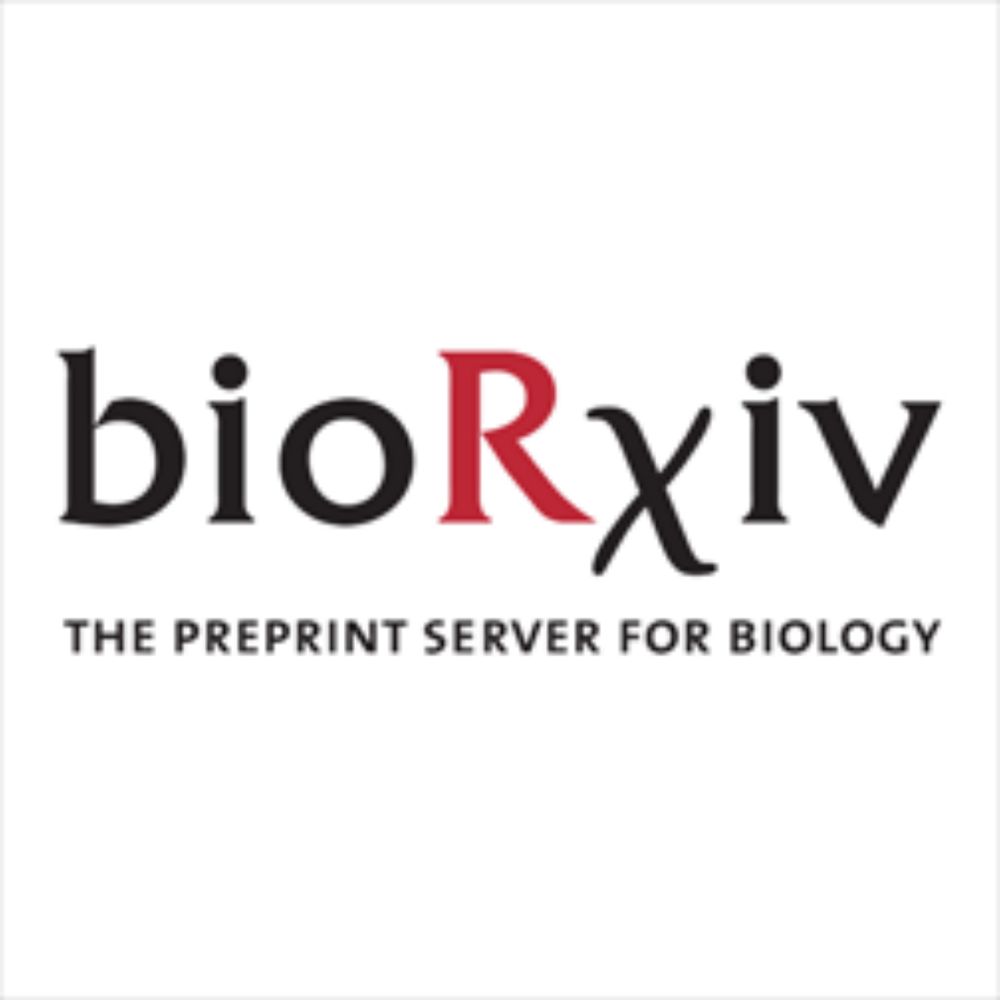Posts
Media
Videos
Starter Packs
Reposted
Reposted
Reposted
Reposted
Reposted
Gabriel Victora
@victora.bsky.social
· Jun 5

Replaying germinal center evolution on a quantified affinity landscape
Darwinian evolution of immunoglobulin genes within germinal centers (GC) underlies the progressive increase in antibody affinity following antigen exposure. Whereas the mechanics of how competition be...
www.biorxiv.org
Reposted














